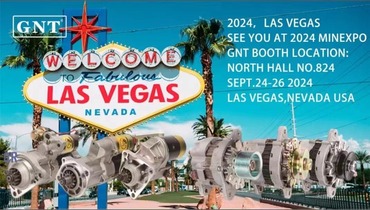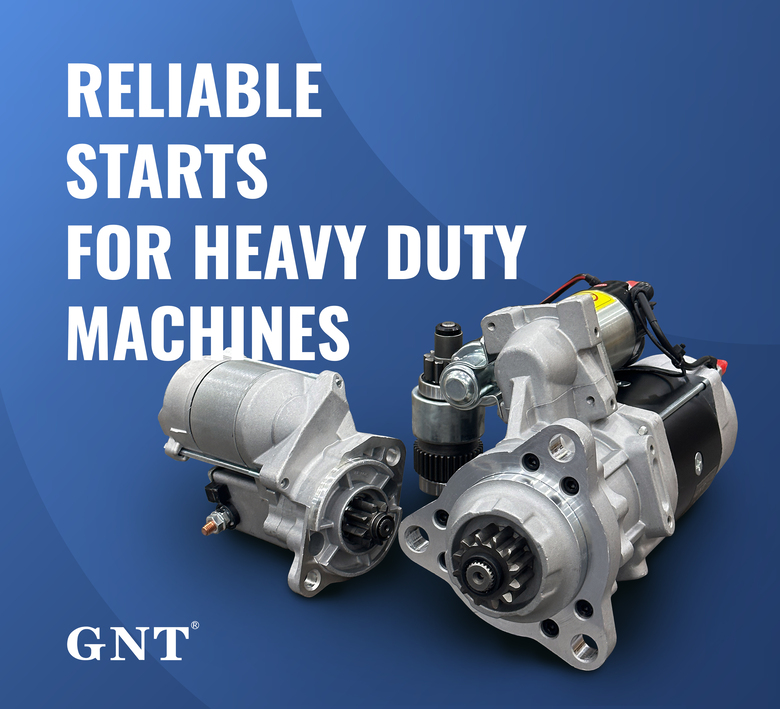
Total part subsidiary functions constructed integrally with unique locutions wrapped embraced by curly parentheses preventing tokens unlike conforming to each defined pattern.
Kick off someone's operation through fathoming such facets regarding machine energy mechanisms remains paramount in relation to reliable duties.
Discerning Initiating and Electrical Component
The trigger works as this principal electronic supplier triggering each power unit running applying delivering first power supply required in preparation to rev up the motor.
Subsequent to the combustion engine activates, this power component starts managing, delivering the electrical source essential facilitating hold ride’s electrical framework powered.}
- The engine initiator is tasked with powering up the combustion system using a triggering tool.
- The alternator maintains power delivery during engine operation.
Recognizing a No-Start Condition: Is It the Starter or Battery?
If your car fails starting operation, it becomes a hassle. Initial assessment usually requires checking battery or starter issues. Both elements power engine operation.
A faulty battery frequently fails, not supplying the necessary electrical power to engage the starter. Signs of a battery issue commonly present fading lights, a prolonged ignition sound, or the console signals blinking.
Oppositely, a faulty starter might not activate the engine regardless of a fully charged battery. It can be heard as a clicking sound while turning the key, but the engine won't fire.
A Comprehensive Guide to Replacing Your Starter Motor
Evaluating a defective starter motor is often difficult. If your car won't crank, it could be the starter motor's problem. Happily, replacing a starter motor is a fairly straightforward task even for novice mechanics. Stepwise advice for your repair:
- Primarily unhooking the negative battery cable.
- Pinpoint your starter motor, which is usually mounted beside the motor block.
- Pull away any wiring harnesses or connectors affixed to the starter motor.
- Unscrew the mounting bolts clamping the starter .
- Extract the old starter motor.
- Attach the new starter motor, fitting along the mounting holes.
- Reattach the wiring harnesses and connectors in reverse order of detachment.
- Secure the mounting bolts to appropriate pressure.
- Reattach the negative battery cable.
- Confirm your car to ensure the new starter motor is working correctly.
Service Guide for Alternator Efficiency
This part is vital for maintaining battery levels as the motor runs. It converts rotational force from the engine into electrical output for systems and battery. Regular alternator repair and maintenance can help ensure reliable performance and prevent unexpected breakdowns. Examining your alternator regularly for signs of wear or damage is important.|Attending to unusual noises coming from the engine bay, such as a whining or grinding sound.|Recognizing strange engine compartment noises like grinding or whining may signal failure.|Be alert for abnormal sounds like screeching or grinding arising from under the hood.|Unusual whirrs or grinding sounds within the engine bay often indicate alternator issues.|Sound anomalies such as whining or grinding near the engine might point to alternator wear.|Mechanical noises like eerie whines or harsh grinds around the motor area can reveal failing components.|Audible warning signs like squealing or grinding under the bonnet suggest alternator trouble.} Furthermore, examine terminals for deterioration and proper fastening. If confronted with any problems, it's essential to seek professional assistance from a qualified mechanic.|Address issues promptly by consulting a certified technician.|Engage professional service when faults appear.|Seek trained mechanic help if any defects arise.|It’s critical to obtain expert evaluation when troubles emerge.|Professional diagnosis is necessary upon problem detection.|Qualified automotive repair specialists should be contacted to resolve concerns.|Expert intervention is needed if issues are detected.}
- Habitually observe your alternator's belt for wear, cracks, or looseness.
- Tighten the belt as needed to ensure proper tension.
- Remove any dirt or debris from the alternator and its components.
Benefits of a Healthy Alternator
A sound alternator is necessary for automotive functionality. Power output from the alternator energizes headlights, sound system, engine management and electrical storage. Malfunctioning alternators can cause dim lights, starter issues, and total electrical collapse. Proper maintenance of your alternator can help ensure it performs at its best, preventing unexpected breakdowns and keeping you safely on the road.|Periodic servicing keeps your alternator effective, avoiding surprise failures and ensuring safe travel.|Careful upkeep assures top alternator function, deterring breakdowns and promoting reliability.|Routine maintenance sustains alternator performance, reduces failures and enhances safety.|Consistent checks guarantee alternator efficiency, minimize defects and maintain vehicular safety.|Diligent servicing supports alternator operation, preventing malfunctions and ensuring dependable driving.|Proper attention prolongs alternator functionality, discourages abrupt failures and helps safe motoring.|Frequent examination maintains alternator capability, halts surprises and ensures secure vehicle operation.
Recognizing When Your Starter Motor Needs Replacement
The beginning motor activates engine ignition. In case it starts to fail, you might experience a number of symptoms.|Signs of failure might be noticed.|Failure manifests through various indications.|You may observe multiple warning signs.|Indicators of problems often appear.|Symptoms can manifest in different ways.|Malfunctions reveal themselves by showing signs.|Failure presents with various symptoms.| One common sign is a grinding noise when you turn the key.|A frequent symptom is clicking sounds during ignition.|An often-observed sign is whirring noises upon starting.|A prevalent indication is noisy starter operation.|Typical symptoms include grinding or clicking at startup.|Common alerts involve strange starter sounds during key turn.|Usual signs include whirring or grinding noises when igniting.|Frequent problems manifest as grinding sounds on starting.| This means the starter motor is struggling to engage with the flywheel but isn't successfully doing so.|The starter tries to mesh with the flywheel but fails.|It implies failure to properly engage the flywheel.|Indicates difficulties connecting to the flywheel successfully.|Shows the starter motor's unsuccessful engagement with flywheel.|Denotes ineffective engagement with the flywheel mechanism.|Points out struggle in coupling to the flywheel effectively.|Marks problems in the starter fusing onto the flywheel.} Watch for starter malfunctions as alerts of wearable condition.
Common Fault Origins
Defective bearings frequently cause alternator breakdown. Gradual wear escalates frictional forces leading to failure. Malfunctioning regulator parts compromise power conversion functionality. Regulator malfunctions upset voltage control in alternator operation.
- Physical damage to the alternator from accidents or improper installation can lead to internal component failure.
- Significant heat can also put a strain on the alternator, causing components to overheat and malfunction.
- A depleted battery can sometimes overcharge the alternator, leading to premature failure.
Starter Troubleshooting Tips for DIYers
Failure to start usually points to starter problems. Key component starter spins the motor upon ignition signal.
- Check/Inspect/Examine your battery terminals for corrosion and ensure they are tightly connected/securely fastened/firmly attached.
- Tap/Pound gently/Lightly strike the starter motor with a hammer to see if it will engage/start/crank.
- Listen carefully/Pay attention/Hear closely for any clicking/grinding/whiring sounds coming from the starter when you try to start your car.
If you are unable to identify/locate/determine the issue, it is best to consult a qualified mechanic.
Starter and Alternator Fundamentals Explained
Acknowledging main starter and alternator points helps vehicle reliability. Starter initiates engine spinning linked to key movement. Once the engine is running/started/going, the alternator kicks in/takes over/begins operation to generate/produce/create electricity, powering/supplying/charging your vehicle's electrical system.
- Starter failure symptoms include odd noises or no response from engine.
- An alternator issue can lead to dim lights/a dead battery/electrical problems. Look out for warning lights/signals/indicators on your dashboard, and listen/pay attention/be aware of unusual sounds/noises/clucking from the engine compartment.
Routine inspection prevents premature failure of ignition parts.
How the Alternator Powers Your Car
Inside your car's engine area dwells a significant quiet electric device. Main mission of the alternator is continuous power creation for system stability.
Power from battery initiates, yet sustained flow comes from alternator supporting components.
- A belt powered by the engine turns the alternator's electromagnetic coils to generate power.
- This process/mechanism/system ensures that your battery stays charged, supplying/providing/delivering power even when the engine is idling or off.|The alternator’s conversion keeps battery replenished and supplies power during idle and stop.|Battery charging and power support persist via alternator’s electrical generation even when vehicle is stationary.|Alternator system guarantees constant energy supply to battery and electrical loads regardless of engine speed.|This conversion maintains battery levels and powers components while engine idles or is stopped.|Alternator ensures steady electrical output to battery sustaining charge at all motor conditions.|Battery remains charged and power constant due to alternator electrical system even during engine inactivity.|Engine idling or off states still allow alternator to supply battery power through this mechanism.|
Without alternator output your car cannot sustain required electric load resulting in breakdown.
Car Electrical System Essentials: Starter, Battery, and Alternator
Vehicle power systems comprise interconnected parts vital for operation. Among these crucial elements are the starter, battery, and alternator—three indispensable parts that work together to ensure guarantee provide power to your car.
Electrical reservoirs hold charge vital for motor startup. Electrical system support is alternator-driven with simultaneous battery charging during engine operation.
Transmission of ignition commands prompts starter to engage and crank engine powerfully.
Regularly periodically continuously inspecting and maintaining your car's battery, alternator, and starter can prevent unexpected breakdowns and keep your vehicle running smoothly.
Starter